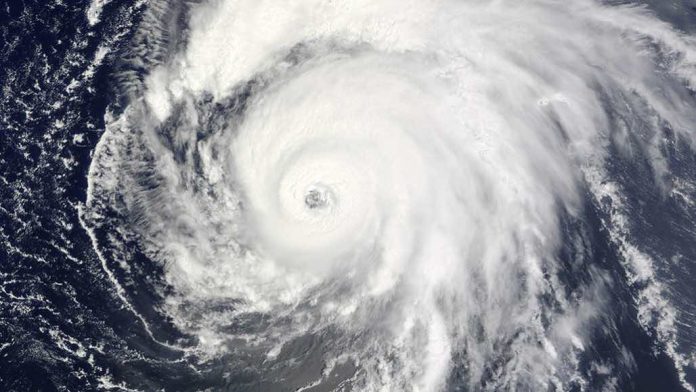Researchers have discovered a mash-up of two feared disasters – hurricanes and earthquakes.
They’re calling them “stormquakes.”
“We’re calling them ‘stormquakes,'” said lead author Wenyuan Fan, a Florida State University seismologist who was lead author on the study.
“This involves coupling of the atmosphere-ocean and solid earth. During a storm season, hurricanes or nor’easters transfer energy into the ocean as strong ocean waves, and the waves interact with the solid earth producing intense seismic source activity.”
Stormquakes are unusual and not at all dangerous, Fan tells The Associated Press, because no one stands on the ocean floor during a hurricane.
For their study, published in the journal Geophysical Research Letters, Fan and his team analyzed seismic and oceanographic records from September 2006 through February 2019. They found 14,077 stormquakes in the Gulf of Mexico and off the shores of Florida, New England, Nova Scotia, Newfoundland and British Columbia.
Lots of unknowns
They found that certain large storms trigger a series of events that eventually cause shaking on the sea floor. But it doesn’t happen with every storm and it doesn’t happen everywhere. Researchers found that stormquakes are limited to places along the edge of continental shelves or on ocean banks.
The scientists cited Hurricane Bill, an Atlantic storm that strengthened into a Category 4 hurricane that struck Newfoundland as a tropical storm and a Category 1 hurricane when it neared New England in August 2009. When the storm hit, several seismic events occurred off the coasts of Nova Scotia and New England.
The scientists said that hurricanes Ike and Irene triggered similar stormquakes, yet they found no seismic activity during Hurricane Sandy.
“We have lots of unknowns,” Fan said. “We weren’t even aware of the existence of the natural phenomenon. It really highlights the richness of the seismic wave field and suggests we are reaching a new level of understanding of seismic waves.”















